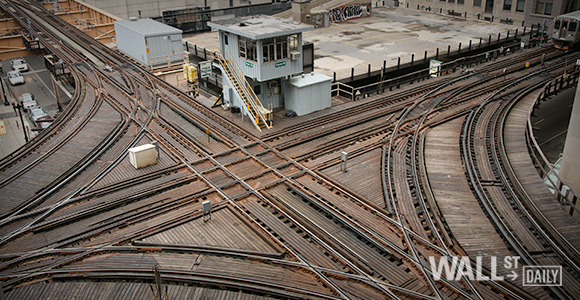
When you arrive for the first time in a new city or a foreign country, the first thing you notice is the airport, and then the roads or the subway on the way to your hotel – the infrastructure.
Aside from making an impression on visitors, it’s the very foundation and backbone of a modern economy. Because it’s such a widespread, capital-intensive business, infrastructure presents a great opportunity for savvy investors.
More People = More Infrastructure
Infrastructure includes roads, bridges and tunnels, oil and gas projects, pipelines, cable networks, radio masts and satellites, airports and seaports, power plants, railways, subways, and water supply and treatment facilities.
As people have moved from rural areas to cities, the pressures on infrastructure have greatly intensified. In 1980, 39% of the world’s population lived in cities.
Now, more than half live in major cities, and this figure is expected to rise to 67% by 2050, according to a United Nations forecast.
To further put the pace of this growth into perspective, in 1979 there were only three cities in the world with a population over 10 million. In 2015, there are 23 cities with such populations, 18 of which are in emerging markets.
Asia is already home to seven of the world’s 10 largest megacities.
Amazingly, China has over 100 cities with a population exceeding one million, and every week, one million people are either born in or migrate to cities around the world.
Growth Poised to Explode
Along with this urbanization comes stronger economic growth and expanded international trade.
This means that unless these countries build more airports, roads, subways, power plants, railways, seaports, and pipelines, they will literally choke on their growth.
Morgan Stanley predicts that $22 trillion will be spent on these projects over the next decade. This includes communications infrastructure, such as mobile telecommunications and cable providers.













Leave A Comment